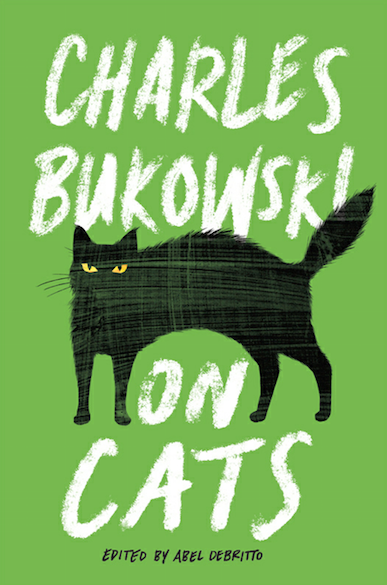Whether you are an experienced psychonaut or a first-time tripper, absorbing understandable and accurate advice about the psychedelic experience before embarking on an entheogenic journey can be extremely valuable. Although I have several years worth of personal experience and tips and tricks that I have picked up from many sources along the way, I was pleasantly surprised to find Julian Vayne's book Getting Higher: The Manual of Psychedelic Ceremony to contain plenty of suggestions and ideas that were new to me, which I will gladly be able to bring to my own psychedelic practice.
A section titled "Setting Out" describes a variety of things that someone may consider doing before embarking on a psychedelic journey, including cleansing the body with a bath or shower, fasting or making other intentional dietary changes, carefully choosing the clothes they are going to wear, cleaning and decorating the physical space, saying prayers or setting an intention, and lighting candles or incense. Additionally, choosing a group of people to trip with that have mutual trust and respect should be a priority. The end of a psychedelic ceremony can involve a formal conclusion to the session. For example, you could give thanks to the spirits of the medicine, extinguish a fire that has been burning through the night, or open the curtains to let the light in, if the experience has happened inside.
The next chapter introduces the concept of practices that can be done outside of psychedelic ceremony that will help you navigate the psychedelic experience. These include breathwork, meditation, various activities involving sound (such as listening to pre-recorded music, making music, drumming, singing, chanting mantras), and a vast array of different types of movements (synchronized or freeform spontaneous dancing, checking in on one's posture and balance, gestures, sensual and sexual activities, etc.).
Another chapter focuses on activities that can be done while high that will guide or intensify the experience for the psychonaut, such as artistic explorations like drawing or painting, consciously consuming content, holding or observing objects that are significant to the tripper, playing games, going on a journey in nature, venturing into a museum on a "museum level" dose, participating at a rave or music festival, experimenting with divinatory practices like tarot or the I Ching, and creating an environment of sensory deprivation like with a float tank. Vayne also goes into great detail about how to plan, organize, and execute an effective medicine circle, which is a way to have a structured—yet highly meaningful—psychedelic experience in a group setting. In fact, there are several descriptions of ceremonies scattered throughout the book that are provided so the reader can gain ideas and inspiration for creating their own unique practice.
Although there can sometimes be a feeling in the psychedelic community that it is imperative to the success of the movement for its members to approach and speak about psychedelics exclusively in a serious manner, Vayne suggests that strict divisions between the concepts of using psychedelics for spirituality, play, and enjoyment are not needed. I tend to agree.
While it is not a primary focus of the book, it does include some scientific research. For example, there is a small section regarding the effects that psychedelics have on the physiological health of the human brain. Research has shown that psychedelics may enhance organic brain processes such as neuroplasticity (the ability of the brain cells to form new connections), and the compounds found in some psychedelics have been demonstrated to cause neurogenesis (the formation of neurons from neural stem cells) in vitro. There are a few more scientific snippets in the book, but it mainly looks at what one can do to create the most optimal conditions for a psychedelic experience.
I was ultimately extremely impressed by Getting Higher, which contains plenty of legitimate advice for psychonauts wishing to take their trips to new levels of intensity or learn how to move through the psychedelic space more effectively. This book is certainly worth reading, regardless of one's skill level with psychedelics, but I do feel like it may be appreciated more by people who have had a few trips under their belt than by complete novices. Perhaps this will even increase the re-readability of this book—for me at least. Only time will tell. However, I am confident that the suggestions in Getting Higher that I highlighted and/or wrote down in my own notes will be helpful for my own psychedelic practice for years to come.
4/5 stars. 135 pages.










